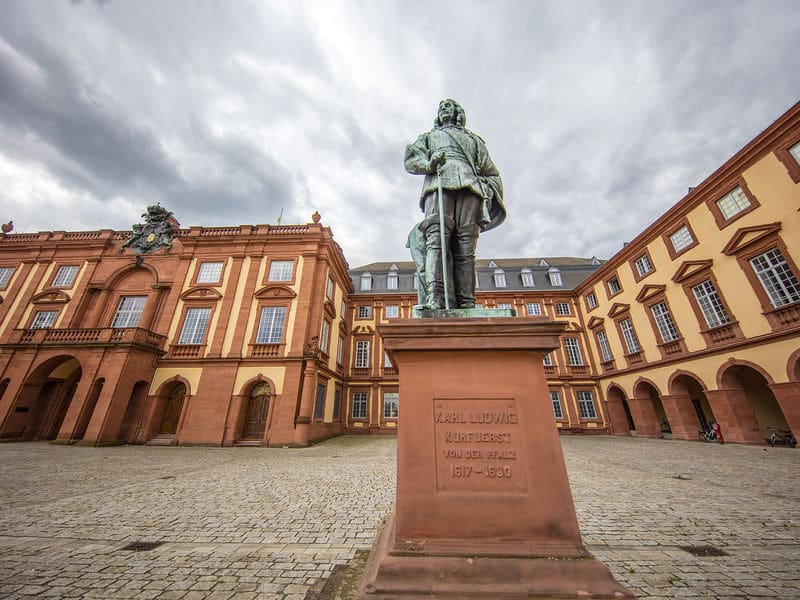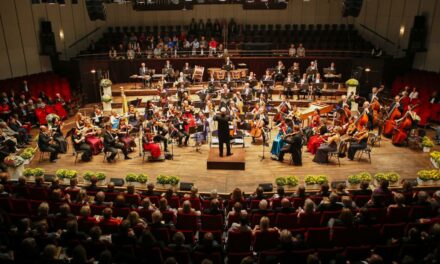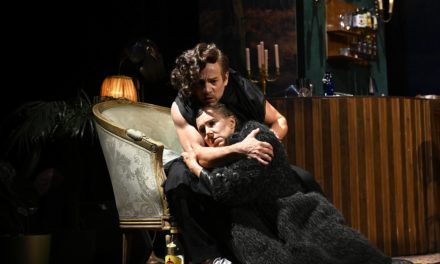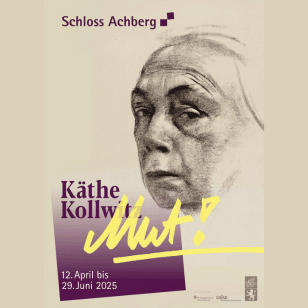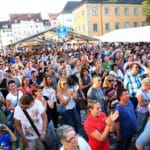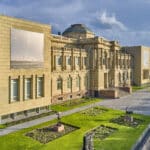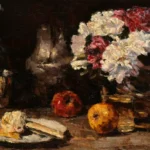The Electors of the Palatinate built their baroque residence here - a powerful symbol together with the planned city of Mannheim. At the beginning of the 19th century, Grand Duchess Stéphanie von Baden brought the imperial style of living with her from Paris. Today you can experience both eras in the baroque palace.
With its impressive size, the imposing Mannheim Palace is the largest baroque palace in Germany and the second largest baroque palace complex in Europe. Stroll through the wide courtyard of honor, be impressed by the former state rooms and the palace church or enjoy the hustle and bustle of the University of Mannheim, which is housed in the palace.
The palace museum in the central building with its historic interiors is a total work of art of European standing and "Mannheim's parlor". With over 800 exhibits, the lavishly restored rooms bear witness to the style and life of the time and take you on a brief journey into life at the electoral court, between the Knights' Hall, ceremonial staircase and throne room.
At the entrance to the Court of Honor, you will find the charming palace chapel on the right-hand side. Heavily destroyed during the Second World War, it has been rebuilt and its interior is enchanting. This is also the final resting place of the Elector and his wife. The crypt can be visited on special guided tours.
On selected dates, the Mannheim registry office offers wedding ceremonies in the Trabantensaal of the palace. Afterwards, you can celebrate in one of the magnificent rooms.
Mannheim Palace is a place where treasures from the world of the princes have been unusually well preserved, from the impressive baroque residence to the touching details of everyday life. Mannheim is therefore particularly worth a second and third look - at the hidden treasures.
Hidden treasures:
The great Baden court silver
Jean-Baptiste-Claude Odiot produced elaborately decorated tureens, various plates with and without covers, sauce boats and salt bowls with putti in Paris. Each piece was confidently adorned with the large Baden coat of arms with crown, flanked by a lion and griffin.
Between 1828 and 1835, under Grand Duke Ludwig, who reigned from 1818 to 1830, and his successor Leopold, several pieces were added to the court silver. They had candlesticks, vases and cutlery made in their Karlsruhe court silver workshops as essential additions to the 130-piece set.
When the state rooms on the Beletage were refurnished in 2004, the most beautiful pieces of the great Baden court silver were bought back from the art trade for Mannheim Palace. They are now on display in the former First Antechamber of the Imperial Quarters on a laid table where the Grand Dukes dined in Baden times.
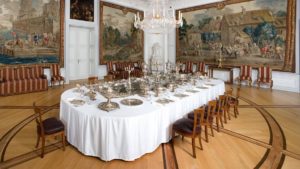
The large Baden court silver © Christoph Hermann
The tiara of Grand Duchess Stéphanie of Baden
The very special piece of jewelry in the permanent exhibition is the tiara of Grand Duchess Stéphanie von Baden. The tiara consists of a gilded hoop with crown-like points and is richly decorated with pearls and diamonds. Apart from pearls added later, the piece of jewelry is still in its original condition. It was probably made in Paris at the beginning of the 19th century. After Stéphany's death in 1860, her daughter, Joséphine von Hohenzollern-Sigmaringen, inherited the precious piece of jewelry. Through further inheritances, the tiara came into the possession of Marie José of Belgium, who married Prince Umberto of Italy, the last Italian king, in 1930. Finally, the headdress was offered at an art auction in London and acquired by the state of Baden-Württemberg for Mannheim Palace.
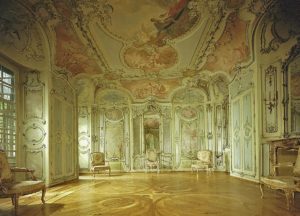
The library cabinet © SSG, I. Schütz
The library cabinet - the highlight of the Rococo period
The small cabinet is located on the first floor of the main building and was part of the Electress's intimate garden apartment. This small cabinet is the only one of more than 500 palace rooms to have survived in almost its original state. The Lorraine master builder Nicolas de Pigage (1723-1796) not only supervised the construction of the interior of the court library, but was also responsible for this enchanting private cabinet, which was created between 1755 and 1757. Despite the lavish decoration, the room appears very harmonious and balanced.
Valuable wall decoration for the Beletage
The tapestries are among the textile art treasures of the Electors of the Palatinate and the Grand Dukes of Baden. After careful restoration, they have once again adorned the state rooms of the Beletage since 2007. They inspire with their bright colors as well as their varied scenes.
The Frankenthal manufactory
Porcelain chinoiseries
In 1755, Elector Carl Theodor granted the Strasbourg porcelain manufacturer Paul Anton Hannong the privilege of establishing a manufactory in Frankenthal. Their products included works inspired by Asian models. The ceramics can be viewed in Mannheim Palace.

